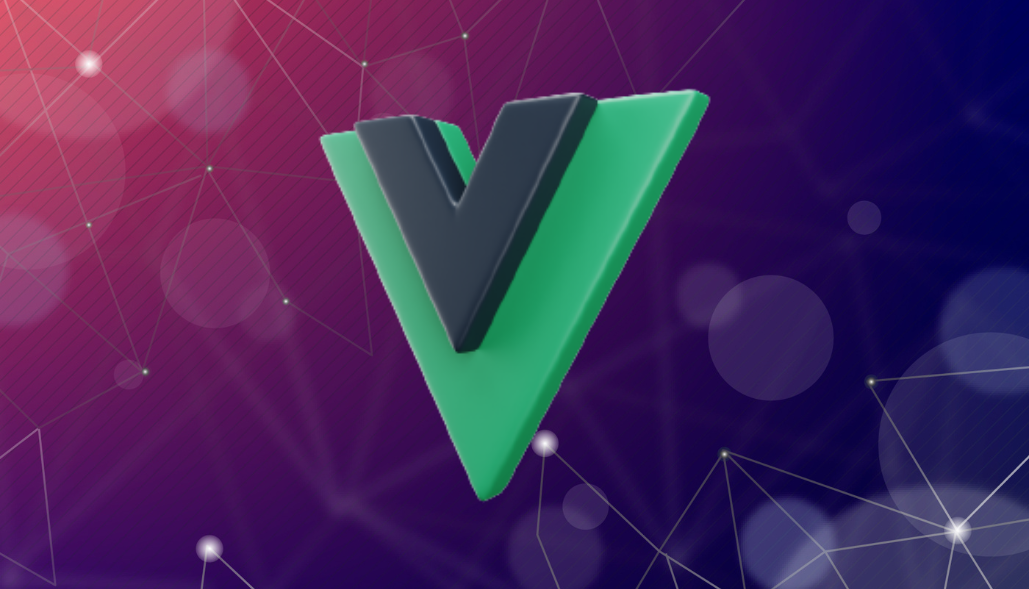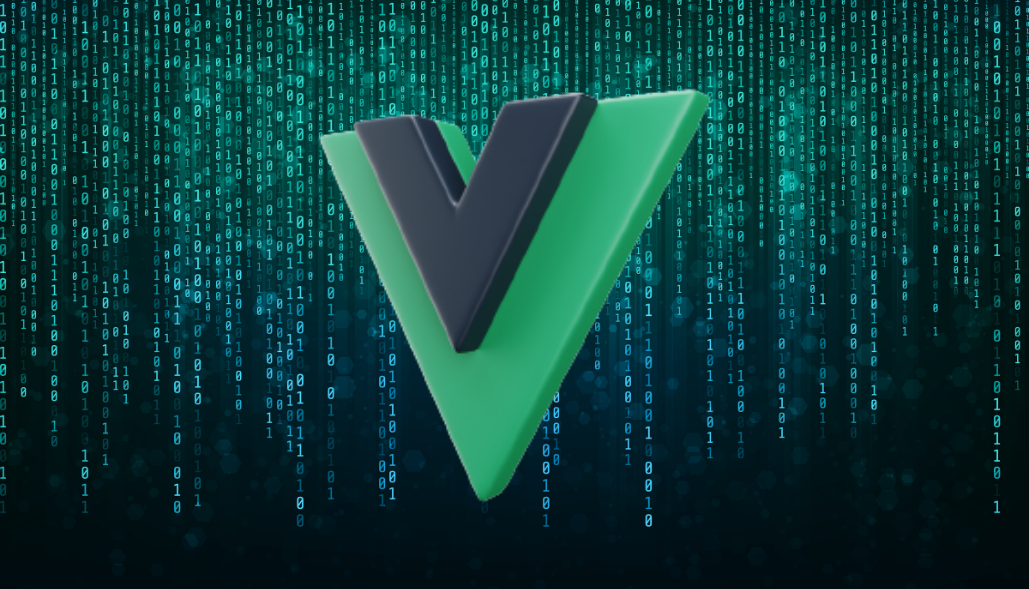Here are some steps and adjustments to ensure Vue Resource is set up correctly:
1. Ensure Vue Resource is Installed Correctly
Double-check your `package.json` to ensure that `vue-resource` is listed as a dependency. Run `npm install` or `yarn install` to make sure all dependencies are installed.
2. Import and Use Vue Resource Properly
When using Vue Resource, you need to import it and then use it with Vue. Based on your setup, it looks like you’re using `require` for this, which should work, but it’s often clearer to use ES6 imports.
Update your `main.js` to the following:
import Vue from 'vue';
import VueResource from 'vue-resource';
import VueMaterial from 'vue-material';
import App from './App.vue';
Vue.use(VueMaterial);
Vue.use(VueResource);
new Vue({
el: '#app',
render: h => h(App),
mounted() {
console.log(this.$http); // Ensure $http is available
},
});
3. Check `this` Context in `mounted` Hook
In Vue, `this` inside the `mounted` hook should refer to the Vue instance, so `this.$http` should be available. If it’s not, you might need to verify your environment and Vue setup.
4. Verify Vue Resource API Calls
Ensure you’re using the API calls correctly. Here’s a quick example of how you might make a GET request using Vue Resource:
export default {
mounted() {
this.$http.get('https://api.example.com/data').then(
response => {
// Success callback
console.log(response.body);
},
response => {
// Error callback
console.error(response);
},
);
},
};
5. Double-Check Vue Version Compatibility
You are using `vue@2.2.1` and `vue-resource@1.3.1`. Ensure that these versions are compatible. Generally, `vue-resource` should work with Vue 2.x, but it’s good to verify that you have compatible versions.






